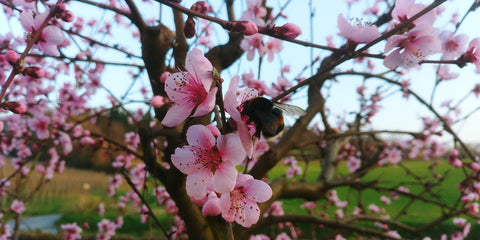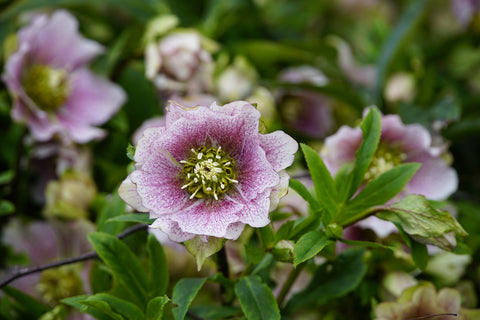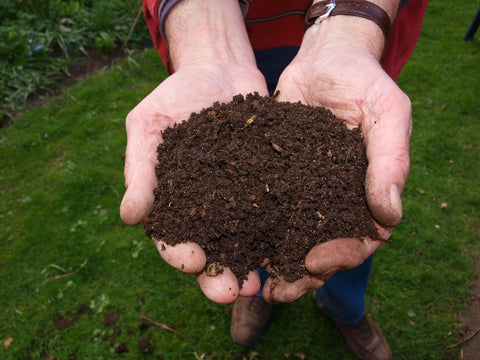Fruit trees are best planted in early spring so that they develop a good root to shoot ratio prior to hot weather. Many in the trade try to get their fruit trees stocked by mid- February so they do not break bud if coming from a nursery in a different zone.
Fruit trees that are stocked if available are apples, peaches, persimmons, plums, pears, and a few cherries. Please make yourself aware of the pollinator requirements for fruit trees. Most are either dwarf or semi dwarf and grafted to a hardy root stock. Dwarf trees should be pruned and maintained to 8-10 wide by 8 -10 tall. Semi-dwarf 8-12 wide by 8-12 tall. If trying to grow fruit on a patio or in a confined area look for dwarf trees grafted on dwarf root stocks and they can be grown successfully in pots outside.
Apples, Sweet Cherries, and Pears require pollinizers or other trees that carry

viable pollen and bloom at the same time. Bees visit and collect pollen from anthers in flowers and transfer to stigmas to produce fruit. The fruit trees pollinizers should be planted within 100 ft. of each other.
Tart cherries, Apricots, and Peaches are self-fruitful but, will produce more fruit if cross pollinated. The more bee activity and pollen being transferred the more fruit will be produced.
Fruit trees require applications of pesticides, fungicides, and fertilizers as does any plant that produces quantities of fruits. These trees can easily get stressed during production. Weather is another factor that stresses fruit trees. Full sun, loamy organic soils, a nice soaking rain equivalent to an inch weekly or bi- weekly depending on weather, and good air circulation are necessary for good fruit production. Fruit trees also require a certain number of chilling hours to force dormancy and allow tree to rest. They will bloom best if dormancy is uniform and not full of swings in temperatures. This also leads to better fruit production. Read more about vernalization here.
All fruit trees can have issues due to stress and can be maintained organically with chemicals or maintained without organic applications. Organic sprays are usually applied more frequently. Both have maximum application rates. Both should not be sprayed when pollinator activity is necessary to produce fruit.
Figs are either parthenocarpic meaning that some figs do not require pollinators, or they require a specific tiny wasp to pollinate them. This depends on the type of fig you are growing. The fruit is inside out as the flowers are on the inside of the capsule – the wasps are very tiny, and not noticeable.
Figs should be planted in full sun, protected from winter’s winds and cold, and receive water in droughts. They can be wrapped in burlap if winter is harsh. Most figs produce best after several years of growth. Figs, if maintained in a proper environment usually do not have many issues.
Although a challenge, growing your own fruit trees can be fun. You may not produce the perfect bright red apple but the flavor and ability to produce your own food is extremely rewarding.












